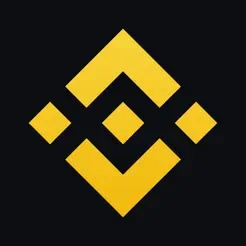What exactly is NFT and what does it have to do with art? The saying goes, "Three generations to make money in music, one life ruined in art." According to a 2020 survey on the survival status of "post-80s" artists, most artists don't have enough exposure opportunities. Galleries mainly focus on a small number of artists who are more marketable, such as those who have had more than 7 solo exhibitions, which account for 11% of the artists surveyed. Close to 60% of the surveyed artists have an average selling price of less than 50,000 yuan ($7,700), with 500,000 yuan ($77,000) being the price ceiling for post-80s artists. 75% of post-80s artists can't support themselves through artwork sales alone, and some rely on red envelopes, food delivery, and bonuses to make ends meet.
The emergence of NFT might change this situation. NFT stands for Non-Fungible Token, which means it is unique and cannot be replaced.
For artists, NFT not only gives digital artworks unique value but also provides new ways to monetize their creations. From a practical perspective, what can you do with the NFT you buy? As a fan, you can financially support the artist and own their unique works, including music, videos, photos, and more. It can even become a conversation starter when interacting with others.
If you are a collector, collecting a virtual artwork through NFT is not very different from collecting a physical artwork. If your ancestors had the opportunity to collect a Van Gogh painting at a relatively low price, it could have changed the fate of your family. Now, NFT might be an opportunity like that.
However, after Beeple cashed out his $53 million worth of ETH earned from selling NFT artworks, the controversy about whether NFT is a tech bubble or the future has risen again. Perhaps it is difficult to define what NFT will become, but it has indeed brought opportunities to artists.
In the past, artists had to pay substantial fees to intermediaries to monetize their popularity, and NFT simplified and streamlined this process. For example, if you create a painting, in order to make a living, you might need to go to galleries to sell it. Even if a gallery accepts it, you may only receive a small portion of the money while the rest is taken by the system. But with NFT, monetizing your popularity becomes straightforward: sell it, whoever wants it buys it. In the primary market, as an artist, you can effectively monetize your popularity. In the secondary market, after purchasing an NFT, you can use it to create art value.
In short, NFT puts the power back into the hands of artists. This is how simple it is!
In conclusion, the first step towards the future of the art industry is to ensure that artists can earn money.
Source: NFT University
本站所有软件信息均由用户上传发布,版权归原著所有。如有侵权/违规内容,敬请来信告知邮箱:764327034@qq.com,我们将及时撤销! 转载请注明出处:https://czxurui.com/zx/24881.html



 微信扫一扫
微信扫一扫  支付宝扫一扫
支付宝扫一扫
发表回复
评论列表(0条)